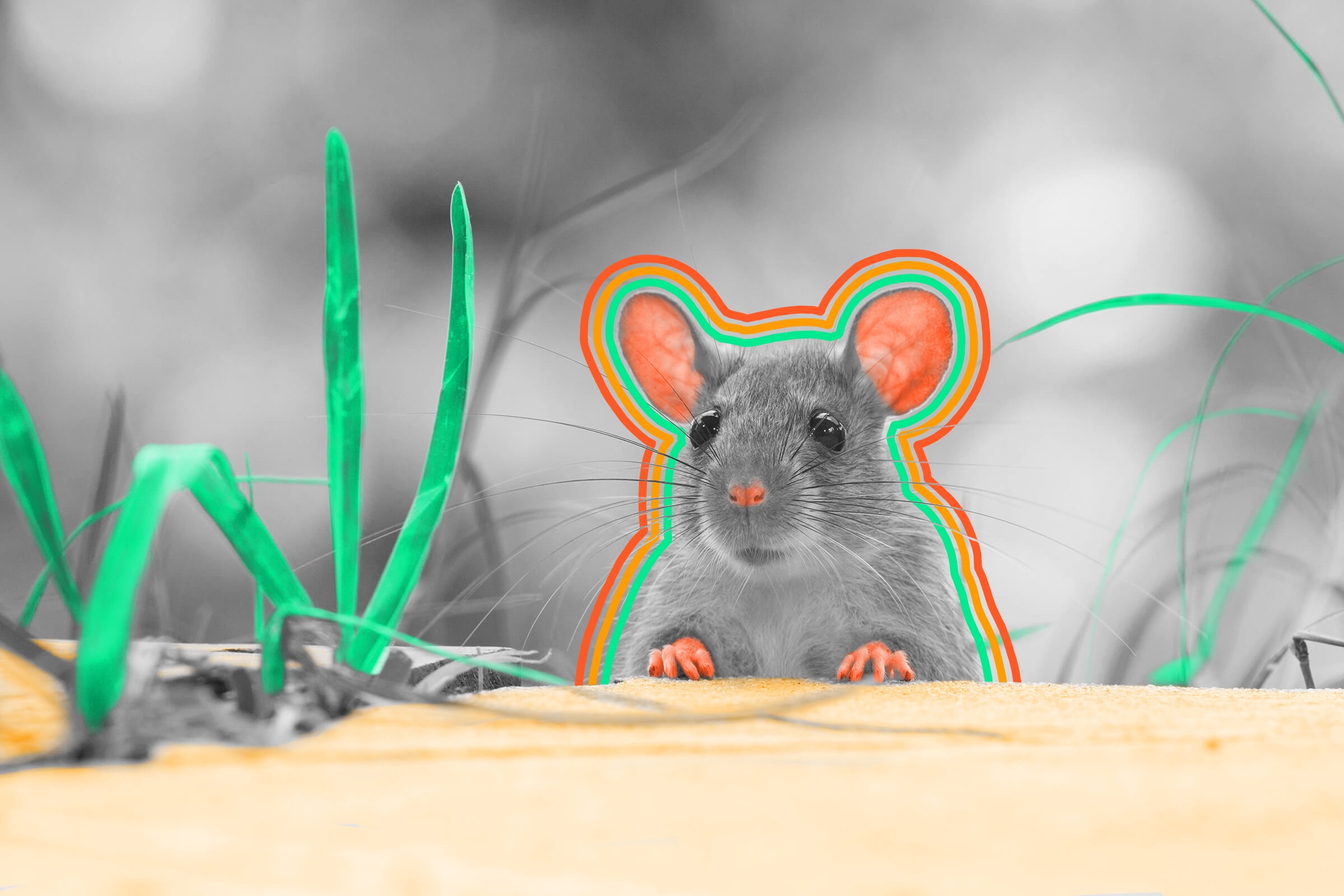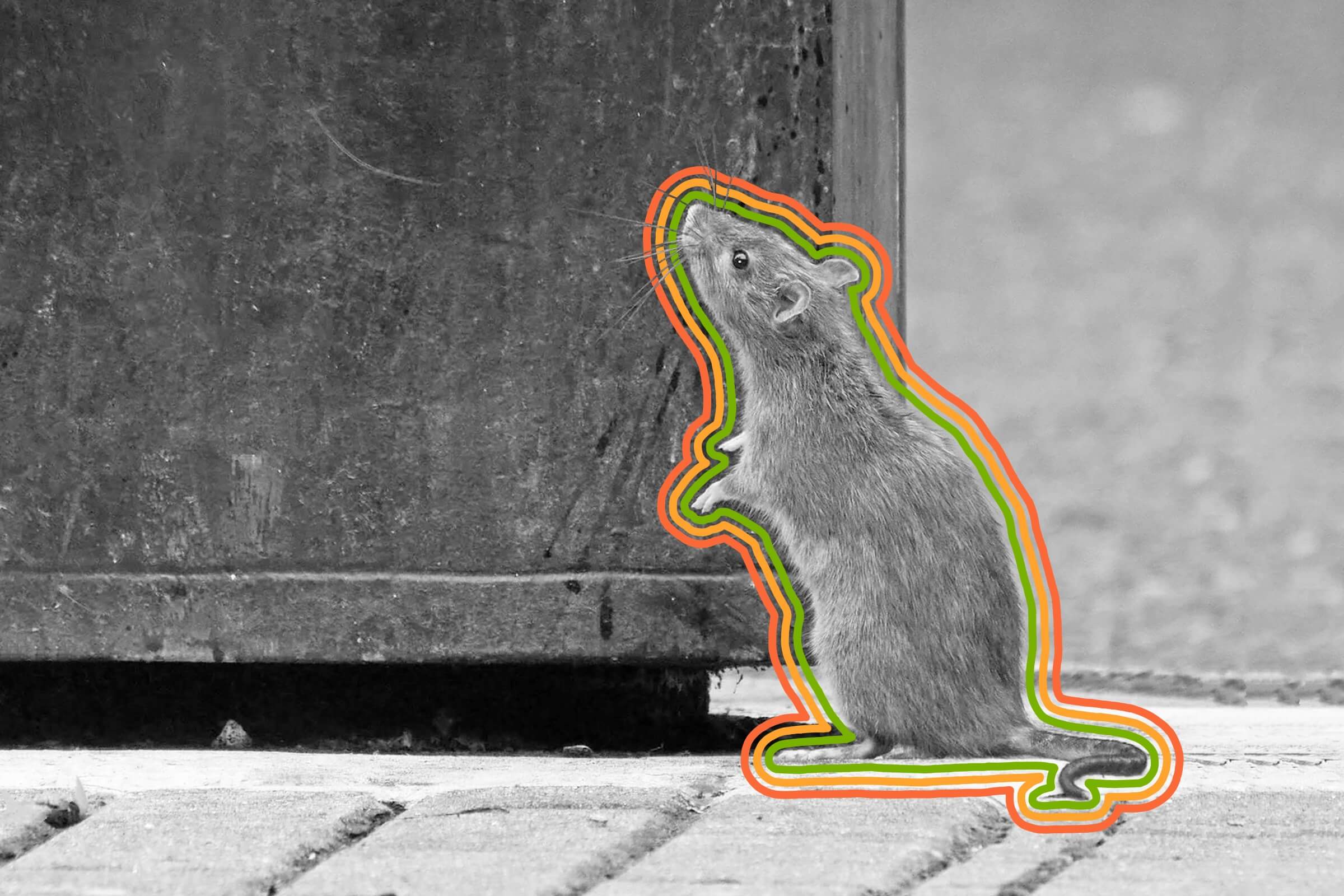
Rats giggle when tickled.
It is sometimes said that there are two types of tickling: knismesis and gargalesis. The former is the “light, feather-like” kind, which doesn’t induce laughter, while the latter is more high-pressure and does cause laughter. And while you may think of humans as the only creatures susceptible to gargalesis, one of our much smaller counterparts is as well: the humble rat. Rats actually love being tickled, especially on their back and belly, and there’s even a specific term for the frolicking they do in between tickles: freudensprünge, or “joy jumps.” Sadly, rat giggles are too high for us to hear without special microphones that can reproduce the sound in a lower register. (That doesn’t make videos of rats being tickled any less adorable, however.)
All of the great apes (gorillas, chimpanzees, bonobos, and orangutans) let out a “remarkably human-like laugh” when tickled, while animals ranging from dogs to penguins appear to enjoy it as well. That said, many humans do not — some find the sensation deeply uncomfortable, and laugh out of discomfort rather than joy. One study in which participants rated how much they like being tickled on a 10-point scale (from very unpleasant to very pleasant) produced an average of only 5. Perhaps surprisingly, people rated tickling others at only 5.9.
From being associated with snitches to the misconception that they’re dirty, rats don’t enjoy the best of reputations. And while it’s true that they can serve as vectors of disease, some scientists think that rats weren’t actually responsible for the plague that ravaged Europe during the Middle Ages — gerbils were. The theory suggests that fleas carrying Yersinia pestis, the bacterium that causes the plague, jumped from dead gerbils (RIP) in Central Asia to pack animals and then to humans, who then brought it to Europe. Domestic gerbils found at pet stores today aren’t at risk, luckily, and neither is anyone fortunate enough to bring one home.

